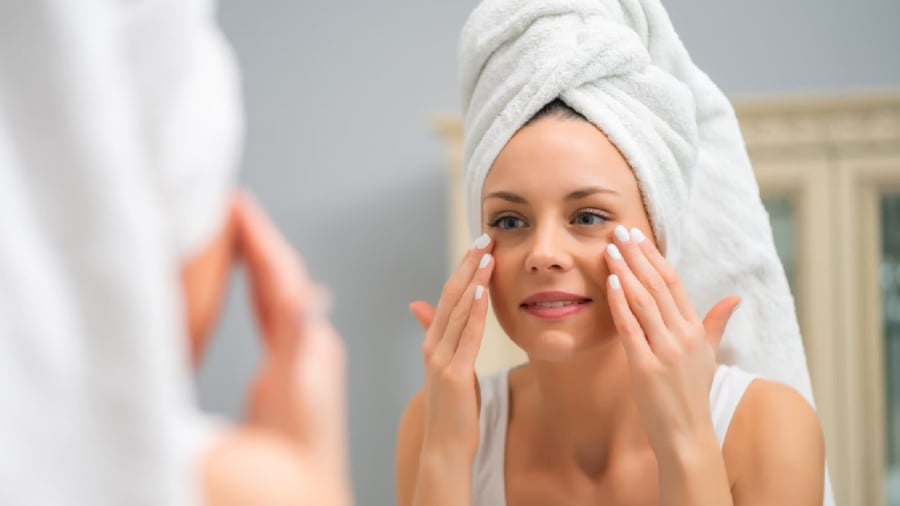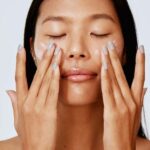Freckles are a common skin feature that can be influenced by both genetics and environmental factors. They are small, flat spots on the skin, ranging in color from light red to dark brown. Some people are born with freckles, while others develop them over time. Individuals with fair skin or blonde, red hair are more prone to having freckles, but anyone can develop them, especially with frequent sun exposure.

Freckles are small, flat spots on the skin, ranging from light red to dark brown.
What Causes Freckles?
If you’ve had freckles since childhood and have a family history of freckles, genetics is likely the main cause. In this case, it can be challenging to completely remove freckles, but proper skin care can prevent them from darkening.
On the other hand, if freckles develop over time, increased melanin production may be the culprit. This is a natural response by the body to protect the skin from UV rays. Prolonged sun exposure without sunscreen can lead to the formation of brown spots. Additionally, certain medications or health conditions such as xeroderma pigmentosum can contribute to increased skin pigmentation.
Common Types of Freckles
Ephelides: The most common type of freckles, often appearing in childhood and becoming more prominent with sun exposure. They range in color from light red to brown and are typically found on the face, neck, arms, and back.
Solar Lentigines: Also known as sun spots or liver spots, these freckles are more common in people over 40 years old. They are darker and form due to prolonged UV exposure, appearing on sun-exposed areas such as the face, hands, shoulders, and back.
How to Reduce and Control Freckles
Use Exfoliating Agents: Ingredients like AHA and BHA help remove dead skin cells and promote skin regeneration, thus fading freckles.

Ingredients like AHA and BHA help fade freckles by promoting skin regeneration.
Introduce Retinol: Retinoids speed up cell turnover, lightening pigmented spots.
High-Tech Treatments: Laser or cryotherapy (liquid nitrogen freezing) can lighten brown spots, but consult a specialist before proceeding.
Prevention Methods
Always wear sunscreen, even on cloudy days.
Wear a hat, sunglasses, and protective clothing when outdoors.
Avoid going outside during peak UV hours (10 am – 4 pm).
Refrain from artificial tanning methods.
6 Retinol Mistakes You’re Probably Making and How to Fix Them for Optimal Results
Retinol is a powerhouse ingredient in the skincare world, but it’s important to introduce it to your routine gradually. Start by applying it a few nights a week and then slowly increase the frequency as your skin becomes accustomed to it. This slow-and-steady approach allows your skin to reap the benefits of retinol while minimizing potential irritation.






































